10 Quotes on Teaching Multilingual Learners
March 14, 2024
How can schools support educational equity, academic success, and positive social-emotional development for the increasing number of multilingual students? Our authors have answers—and today’s post is a roundup of some of their most insightful quotes about teaching multilingual learners effectively. Keep these 10 guidelines in mind to improve outcomes for the culturally and linguistically diverse students in your school.
See multilingualism as an asset
Multilingualism is an asset that teachers need to celebrate and build on. This shift in mindset is critical in both early education settings and in K-12 schools. (Quote from Teaching Dual Language Learners, by Lisa M. López Ph.D., & Mariela Páez. Learn more about culturally responsive teaching in their Q&A: A Culture of Respect is Non-Negotiable.)
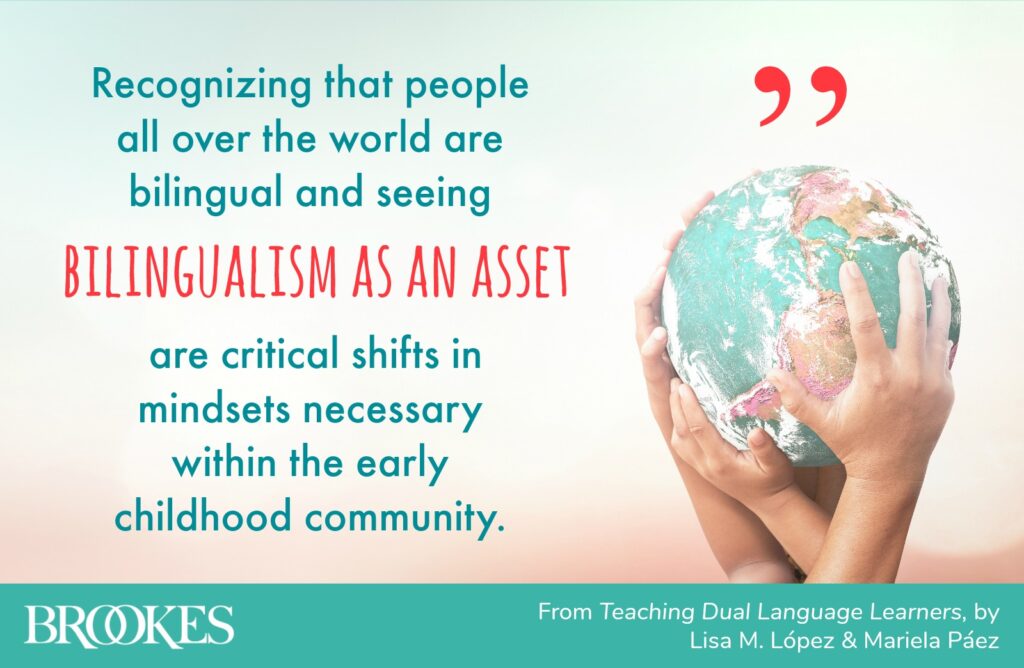
Read aloud often
While some English language learners come from print-rich homes where family members read aloud to them (in their home language and/or English), others come from homes where parents are unable to read out loud in one or both languages. That’s why classroom read-alouds are such an important component of teaching literacy skills to multilingual learners. (From Foundations for Teaching English Language Learners, by Wayne Wright. Learn more in this post about read-alouds, adapted from the book!)

Remember that skills in each language reinforce each other
The idea that learning more than one language confuses children is a myth—in fact, “a high level of literacy in the native language positively influences literacy in English.” (Quote from Special Education Considerations for Multilingual Learners, by Else Hamayan, Barbara Marler, Cristina Sánchez-López, & Jack Damico. For 40+ ideas on making the most of students’ home language while promoting English language learning, check out this blog post.)
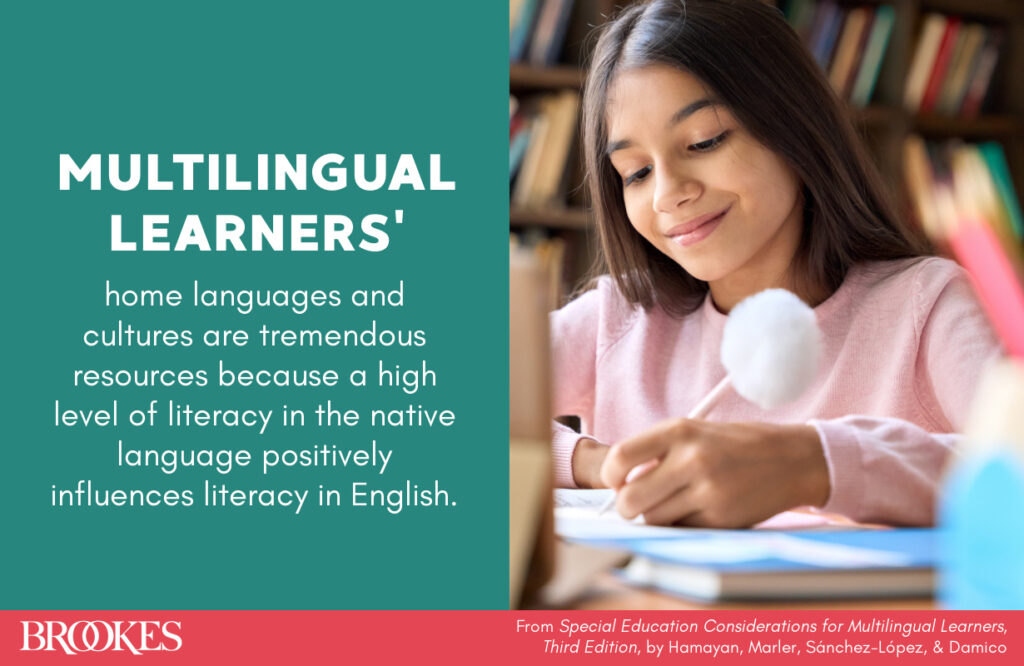
Apply the principles of universal design for learning
Universal design for learning (UDL) is a highly effective framework for meeting the needs of every student, including multilingual learners. (Quote from Differentiating Instruction and Assessment for English Language Learners, by Shelley Fairbairn & Stephaney Jones-Vo. Explore our UDL quote roundup here!)

Build on students’ prior knowledge and strengths
Multilingual learners come to the classroom with a wealth of “prior knowledge, experiences, and strengths related to language and learning.” Effective teachers look for ways to use what their students already know as a foundation for new literacy skills. (Quote from Literacy Foundations for English Learners, edited by Elsa Cárdenas-Hagan.)
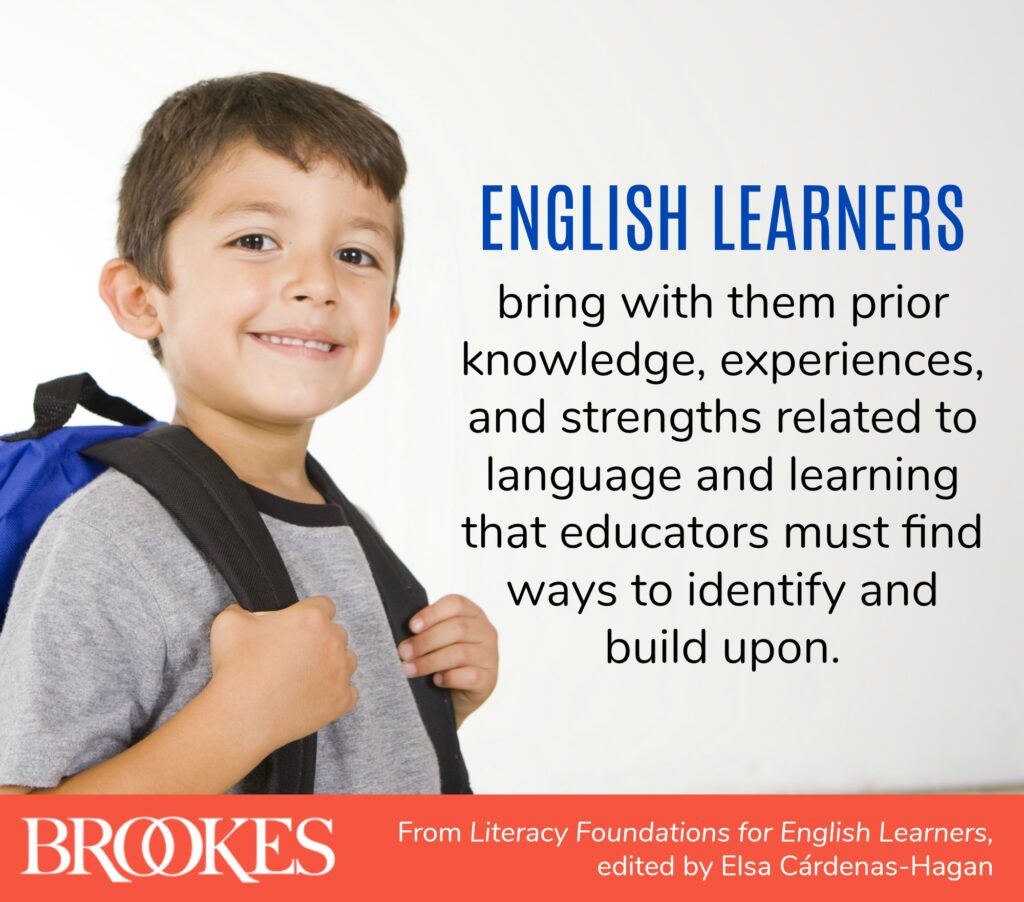
Embrace paired literacy instruction
Paired literacy instruction, in which students learn to read and write in both languages at the same time, is an effective way to make the most of student strengths and help them make progress in each language. To learn more, discover the Literacy Squared framework covered in depth in these two books: Biliteracy from the Start by Kathy Escamilla, Susan Hopewell, Sandra Butvilofsky, Wendy Sparrow, Lucinda Soltero-González, & Manuel Escamilla, and Biliterate Writing from the Start by Sandra Butvilofsky, Kathy Escamilla, & Susan Hopewell.
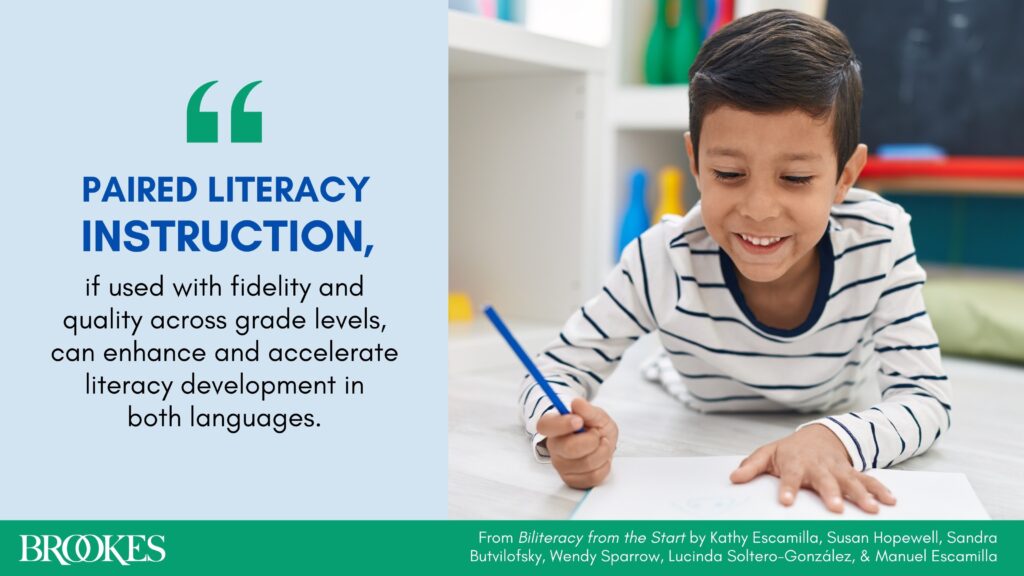
Focus on authentic assessment
Embrace linguistic diversity by providing multilingual students with “multiple and authentic” assessments that allow them to use their growing skills in both languages to demonstrate what they know. (Quote from La enseñanza en el aula bilingüe, by Sandra Mercuri & Sandra Musanti with Alma Rodríguez.)
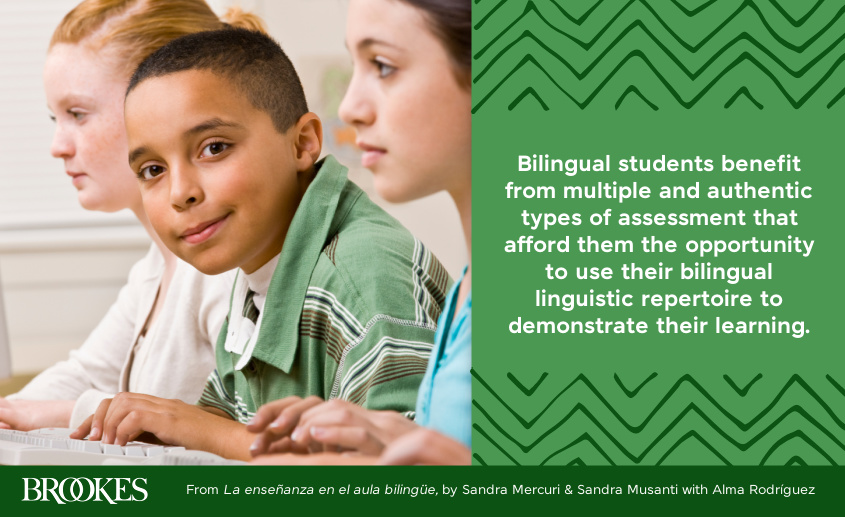
Resist the temptation to make your students “more like you”
Whether consciously or unconsciously, teachers who are not multilingual might be tempted to encourage students to become more like them. Educators of multilingual learners must resist this temptation and focus on helping students “negotiat[e] cultural differences so they can be successful in different cultural contexts.” (Quote from Differentiating Instruction and Assessment for English Language Learners, by Shelley Fairbairn & Stephaney Jones-Vo.)

Explore the benefits of translanguaging
In a translanguaging classroom, learners are empowered to “deploy their full linguistic repertoires, and not just the particular language(s) that are officially used for instructional purposes in that space.” Find out how translanguaging can level the playing field for multilingual students in The Translanguaging Classroom by Ofelia García, Susan Ibarra Johnson, & Kate Seltzer.

Consider co-teaching
When educators and multilingual learner specialists work collaboratively, they can better support multilingual learners and promote their academic achievement and English language proficiency at the same time. (Quote from Intentional Co-Teaching for Multilingual Learners by Holly J. Porter. To learn more, read the blog post adapted from the book: 3 Goals of Co-Teaching for Multilingual Learners.)
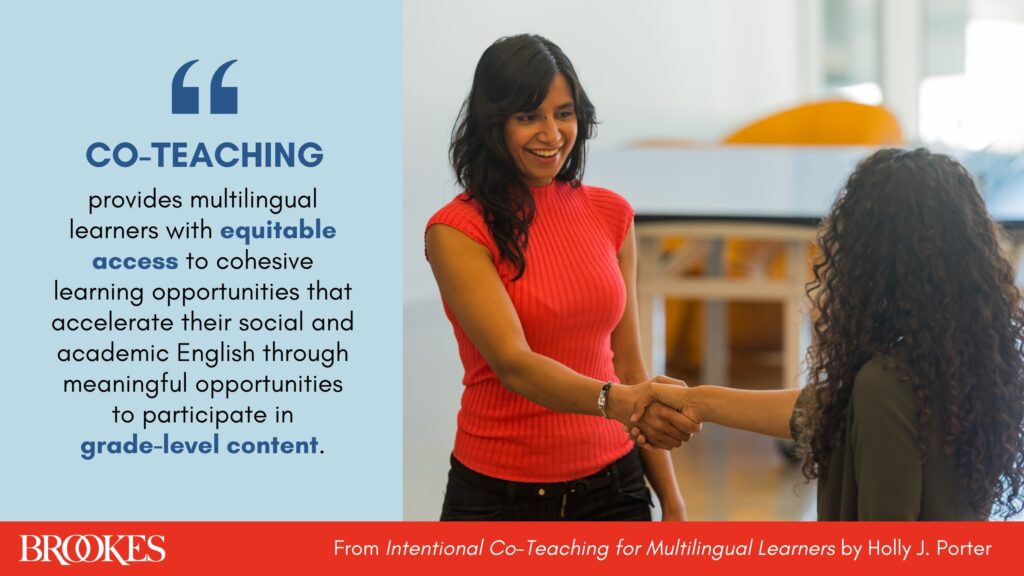
What’s the most important thing your school has done to support multilingual learners? Tell us what’s worked for you in the comments below!

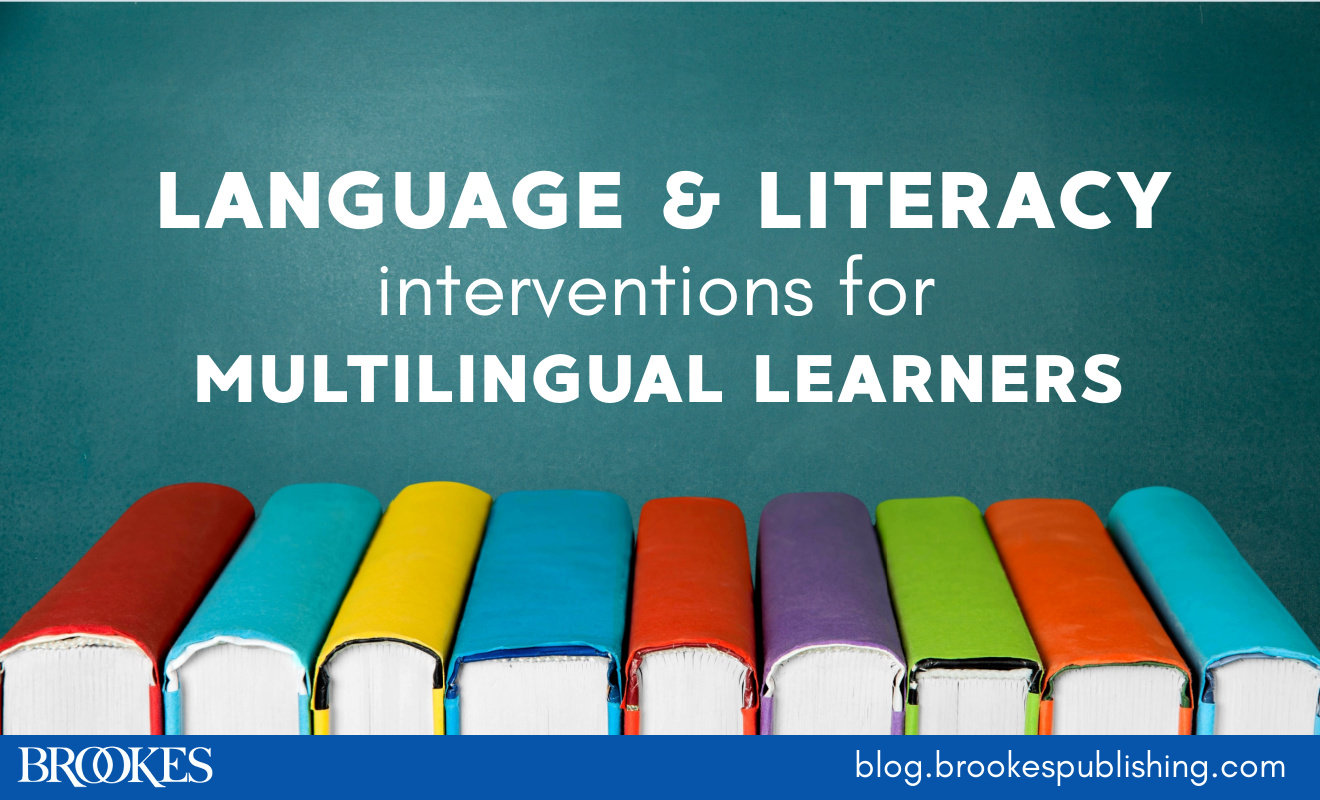

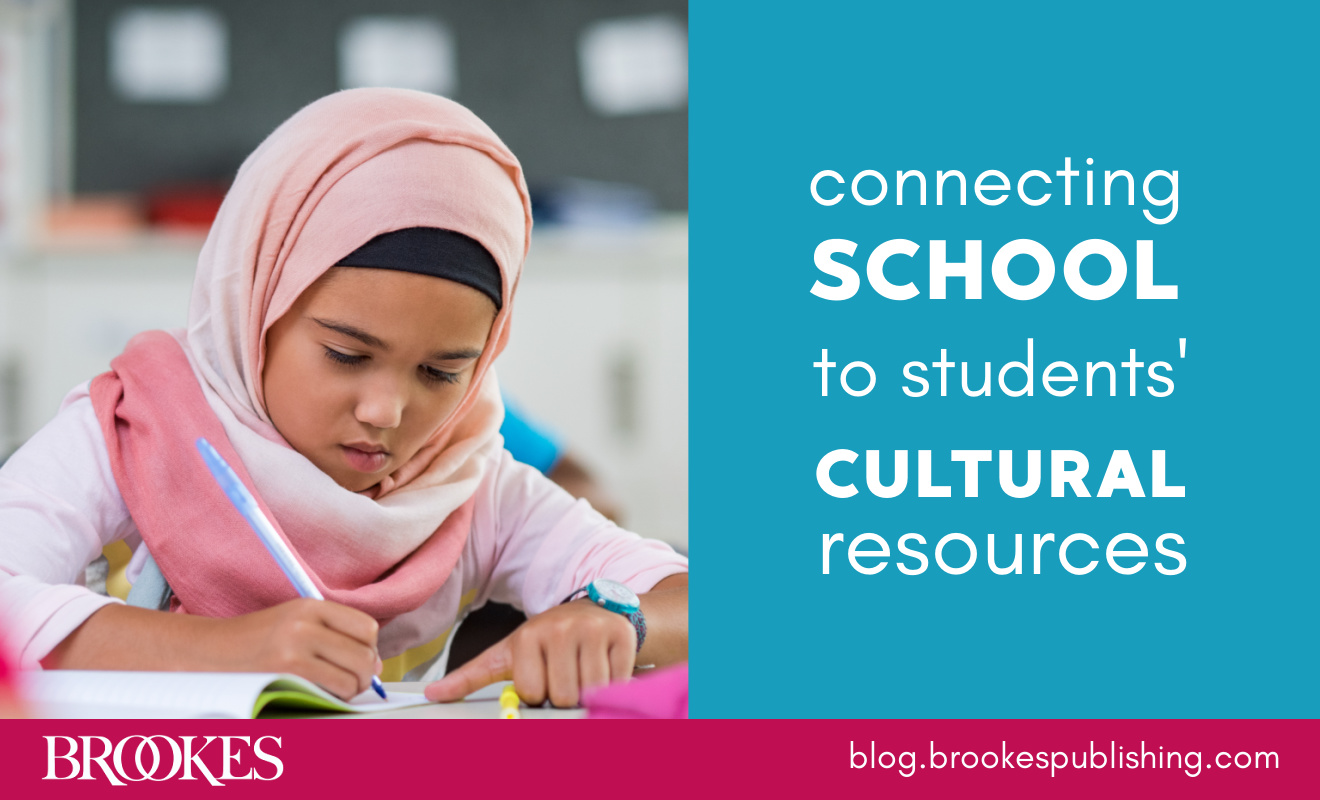
Write a Comment
Your email address will not be published. Required fields are marked *
Post a Comment